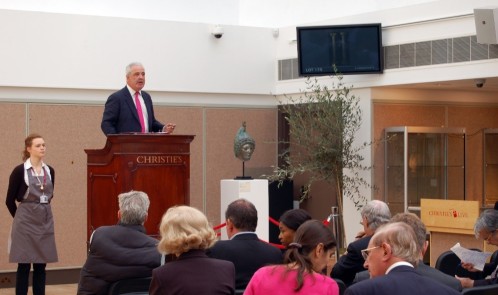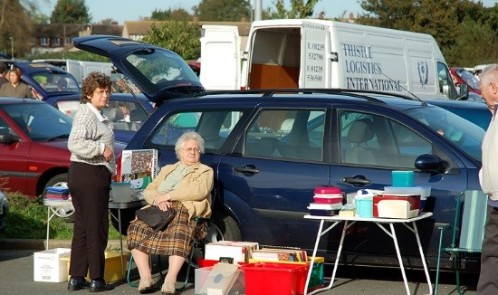Top hacks for spotting an antique gold mine

One man’s trash is another man’s treasure – truer words were never spoken for the owner of a Feuilles Fougeres vase, found in their attic. The vase was bought at a car boot sale in Dumfries for a costly £1 and used to home a house plant. When the well-known TV Show Antiques Roadshow came to town the owner took along the beloved vase only to find it was a 1929 Feuilles Fougeres piece from designer Rene Lalique which later sold at auction for £32,450.
It begs the question, how did the original boot-sale addict even notice it was an antique. They must have known it had some sort of value to take it to the Roadshow for valuation.
So how do you spot an antique? How can you make your millions from another’s rubbish? Here are my top tips:
Is it in your R.A.D.A.R?
By R.A.D.A.R I mean Rarity, Aesthetics, Desirability, Authenticity and Really good condition!
When looking for any antique check it meets these five criteria. The first is rarity. This is much easier with the boom of online auction sites like eBay. You can easily check if the item you are looking to buy is widely available. Many people wrongly think film memorabilia or toys are valuable. They may only be of value if in large quantities of one offs with signatures etc. Here are some key questions to ask yourself: how many were originally made? How many remain (is it an item that is easy damaged or discarded), does anything make it different like the colour, signature, size?
Secondly, make sure you like the item. Would it appeal to others? If the item is aesthetically pleasing it may be more desirable. If you are looking to buy and sell it works to research the market for interior trends.
As with rarity, check an items authenticity. Is the item easy to replicate? Remember items can be forged easily with new technology and practices. A handy trick when looking at furniture is check for saw marks. If they are semi-circle in shape it indicates that a circular saw was used which did not come into use until 1880. Straight saw lines indicate manufacture before 1910. Little tricks like this can give a small indication of the authenticity and age.
Last and most obvious is condition. A working vintage Rolex watch can fetch upwards of £600 where as a broken Rolex declines in value to under £250.
Do your homework
As mentioned earlier doing your research pays dividends. Take time to look into the availability and selling price of an item. At the same time it works well to have a specialism such as furniture, toys or jewellery and to research brands, labels, trends and manufacturing techniques. If you know your furniture designers and the techniques they used to make their pieces, including signs of the tools used you are likely to spot fakes easily and you can estimate age. For example: test the finish of the furniture on an unseen panel. Rub the surface with rubbing alcohol on cotton wool and see if it dissolves if so it may have a shellac resin on the surface, popular before 1860. You can also spot modern restoration work using the same methods.
Buy from a dealer
If you are a newbie to antiques and unsure on spotting a genuine antique then buy via a dealer. You can find registered and recommended dealers on the British Antique Dealers’ Association (Bada) or the Association of Art and Antiques Dealers (Lapada).
Intrigued by your antiques? Then maybe you should find events like this one International Art and Antiques Fair. The fair is one of the biggest in the world and draws crowds of over 32,000 enthusiasts.
Much of this info was sourced from Peter Boyce, owner of Interiors specialists Storage Maker at www.bedroomstoragemaker.co.uk
Images were sourced from Wikipedia and Flickr.



Leave a Reply